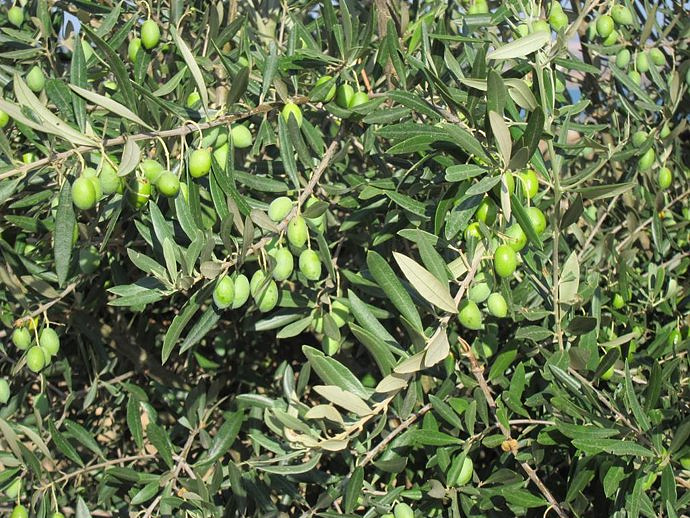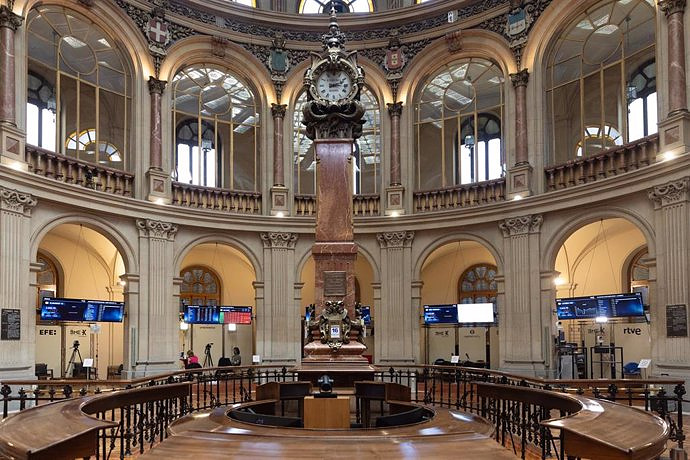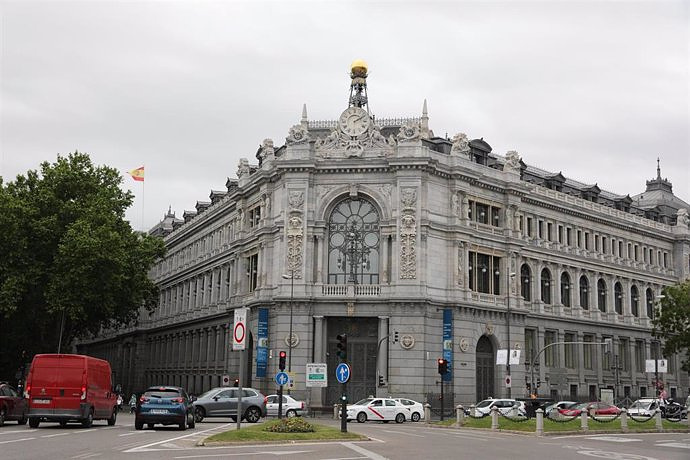Veteran South Carolina relic hunter Ralph Fields' metal detecting art paid off Feb. 28 when he unearthed what is currently identified as just the 10th known illustration of a copper Charleston Free Slave badge, one of only five private hands.
Fields pinpointed the locate on a building site in Mt. Pleasant, South Carolina, seven kilometers southwest of Charleston.
Slaves in and about Charleston in the late 18th century and early 19th century were assigned numbered metal badges that were also stamped with the wearer's occupation.
As stated by the Charleston Museum website at https://www.charlestonmuseum.org,"Enslavers were needed to obtain a badge annually [for five shillings]from the city's treasury office for any enslaved individual working outside their own domain. The resulting income from these types of ancillary services were occasionally kept by the enslaver completely, divided equally, or, in some recorded instances, kept from the enslaved laborer entirely."
The Charleston Free Slave badge, also sometimes referred to as a Freedman badge, has been issued under a late 18th century Charleston ordinance.
"A town ordinance in place from 1783 to 1789 demanded all free persons of color over the age of fifteen to use these badges in plain view," in accordance with the Charleston Museum website.
The Charleston Museum's collection retains one of those five Free Slave badges not in private hands.
The badge obverse depicts a Phrygian, or Liberty, cap onto a vertical pole. Inscribed on a banner bisected by the rod is CITY OF and CHARLESTON. Engraved on the Fields badge in the region below and right of the cap is your number 147. There's no date.
The badge reverse illustrates that components of the obverse theme were embossed through in the obverse.
The Fields badge is holed at the top, but the hole is plugged with dirt. Fields' discovery has been acquired by a noted specialist in early coins and medals of Colonial America and Americana, John Kraljevich Jr., from JK Americana of Fort Mill, South Carolina.
Kraljevich said the backs of the chords are intended to be blank, though the 147 badge is a flip over double attack so it's a flattened design on the back.
Kraljevich says that he currently has no immediate plans to associate with the Fields detection piece. Kraljevich also owns the only Charleston Free Slave badge marked with a letter, U, in the area in which a number would normally be. The lettered case in point is currently in the second year of a five-year loan for display at Colonial Williamsburg in Virginia.
Kraljevich claims the badge would have been one of the very few possessions a former servant owned. He said associations actively seek such items which may be translated as an important part of American history.
Warrenton, Virginia, author Cliff Krainik, who is having an article on Fields' discovery published in an upcoming issue of American Digger Magazine, says that the Free Slave badge is known as the"Holy Grail" of badge gathering. Krainik states Fields is one of just four relic seekers to have dug a Free Slave badge -- Pete Ellis located Free Badge Number 259 at Beaufort County through the winter of 2005; Hal McGirt recovered Free Badge Number 320 on a farm website near Charleston at February 2012; and Free Badge Number 258 was dug on the banks of the Black River in the Low Country by Dr. Cantey Haile Jr. on Nov. 21, 2013.
One of the main reasons for the rarity of the 1.5-inch aluminium Free Slave badge, according to Krainik, is the range of individuals who would have been needed to wear them to spot their free status. "According to the United States Census, no longer than six hundred free men of color were living in Charleston in 1790," Krainik notes. "And unlike the later issued servant hire badges, the Free badge was not issued annually. So after a badge had been obtained, presumably it was great in perpetuity."

 Exploring Cardano: Inner Workings and Advantages of this Cryptocurrency
Exploring Cardano: Inner Workings and Advantages of this Cryptocurrency Seville.- Economy.- Innova.- STSA inaugurates its new painting and sealing hangar in San Pablo, for 18 million
Seville.- Economy.- Innova.- STSA inaugurates its new painting and sealing hangar in San Pablo, for 18 million Innova.- More than 300 volunteers join the Andalucía Compromiso Digital network in one month to facilitate access to ICT
Innova.- More than 300 volunteers join the Andalucía Compromiso Digital network in one month to facilitate access to ICT Innova.-AMP.- Ayesa acquires 51% of Sadiel, which will create new technological engineering products and expand markets
Innova.-AMP.- Ayesa acquires 51% of Sadiel, which will create new technological engineering products and expand markets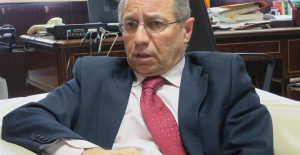 Prosecutor's Office files the investigation for alleged espionage of Rodríguez Sol in Operation Catalonia
Prosecutor's Office files the investigation for alleged espionage of Rodríguez Sol in Operation Catalonia The judge blocks the account of Piqué's company that still receives payments from Saudi Arabia for the Super Cup
The judge blocks the account of Piqué's company that still receives payments from Saudi Arabia for the Super Cup The Government will update the sex offender registry in real time after detecting subsequent crimes
The Government will update the sex offender registry in real time after detecting subsequent crimes The TC inadmisses Ciudadanos' appeal against Puigdemont's candidacy for the Catalan elections
The TC inadmisses Ciudadanos' appeal against Puigdemont's candidacy for the Catalan elections How Blockchain in being used to shape the future
How Blockchain in being used to shape the future Not just BTC and ETH: Here Are Some More Interesting Coins Worth Focusing on
Not just BTC and ETH: Here Are Some More Interesting Coins Worth Focusing on Looking for video games that value the neighborhoods of Valencia
Looking for video games that value the neighborhoods of Valencia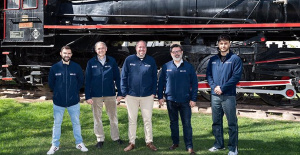 UPV researchers improve the efficiency of air conditioning systems using a geothermal heat pump
UPV researchers improve the efficiency of air conditioning systems using a geothermal heat pump València is committed to citiverse and smart tourism to be "the reference technological hub of the Mediterranean"
València is committed to citiverse and smart tourism to be "the reference technological hub of the Mediterranean" Valencia displays its "innovative and technological potential" at the Emerge Americas event in Miami
Valencia displays its "innovative and technological potential" at the Emerge Americas event in Miami A million people demonstrate in France against Macron's pension reform
A million people demonstrate in France against Macron's pension reform Russia launches several missiles against "critical infrastructure" in the city of Zaporizhia
Russia launches several missiles against "critical infrastructure" in the city of Zaporizhia A "procession" remembers the dead of the Calabria shipwreck as bodies continue to wash up on the shore
A "procession" remembers the dead of the Calabria shipwreck as bodies continue to wash up on the shore Prison sentences handed down for three prominent Hong Kong pro-democracy activists
Prison sentences handed down for three prominent Hong Kong pro-democracy activists ETH continues to leave trading platforms, Ethereum balance on exchanges lowest in 3 years
ETH continues to leave trading platforms, Ethereum balance on exchanges lowest in 3 years Investors invest $450 million in Consensys, Ethereum incubator now valued at $7 billion
Investors invest $450 million in Consensys, Ethereum incubator now valued at $7 billion Alchemy Integrates Ethereum L2 Product Starknet to Enhance Web3 Scalability at a Price 100x Lower Than L1 Fees
Alchemy Integrates Ethereum L2 Product Starknet to Enhance Web3 Scalability at a Price 100x Lower Than L1 Fees Mining Report: Bitcoin's Electricity Consumption Declines by 25% in Q1 2022
Mining Report: Bitcoin's Electricity Consumption Declines by 25% in Q1 2022 Oil-to-Bitcoin Mining Firm Crusoe Energy Systems Raised $505 Million
Oil-to-Bitcoin Mining Firm Crusoe Energy Systems Raised $505 Million Microbt reveals the latest Bitcoin mining rigs -- Machines produce up to 126 TH/s with custom 5nm chip design
Microbt reveals the latest Bitcoin mining rigs -- Machines produce up to 126 TH/s with custom 5nm chip design Bitcoin's Mining Difficulty Hits a Lifetime High, With More Than 90% of BTC Supply Issued
Bitcoin's Mining Difficulty Hits a Lifetime High, With More Than 90% of BTC Supply Issued The Biggest Movers are Near, EOS, and RUNE during Friday's Selloff
The Biggest Movers are Near, EOS, and RUNE during Friday's Selloff Global Markets Spooked by a Hawkish Fed and Covid, Stocks and Crypto Gain After Musk Buys Twitter
Global Markets Spooked by a Hawkish Fed and Covid, Stocks and Crypto Gain After Musk Buys Twitter Bitso to offset carbon emissions from the Trading Platform's ERC20, ETH, and BTC Transactions
Bitso to offset carbon emissions from the Trading Platform's ERC20, ETH, and BTC Transactions Draftkings Announces 2022 College Hoops NFT Selection for March Madness
Draftkings Announces 2022 College Hoops NFT Selection for March Madness



